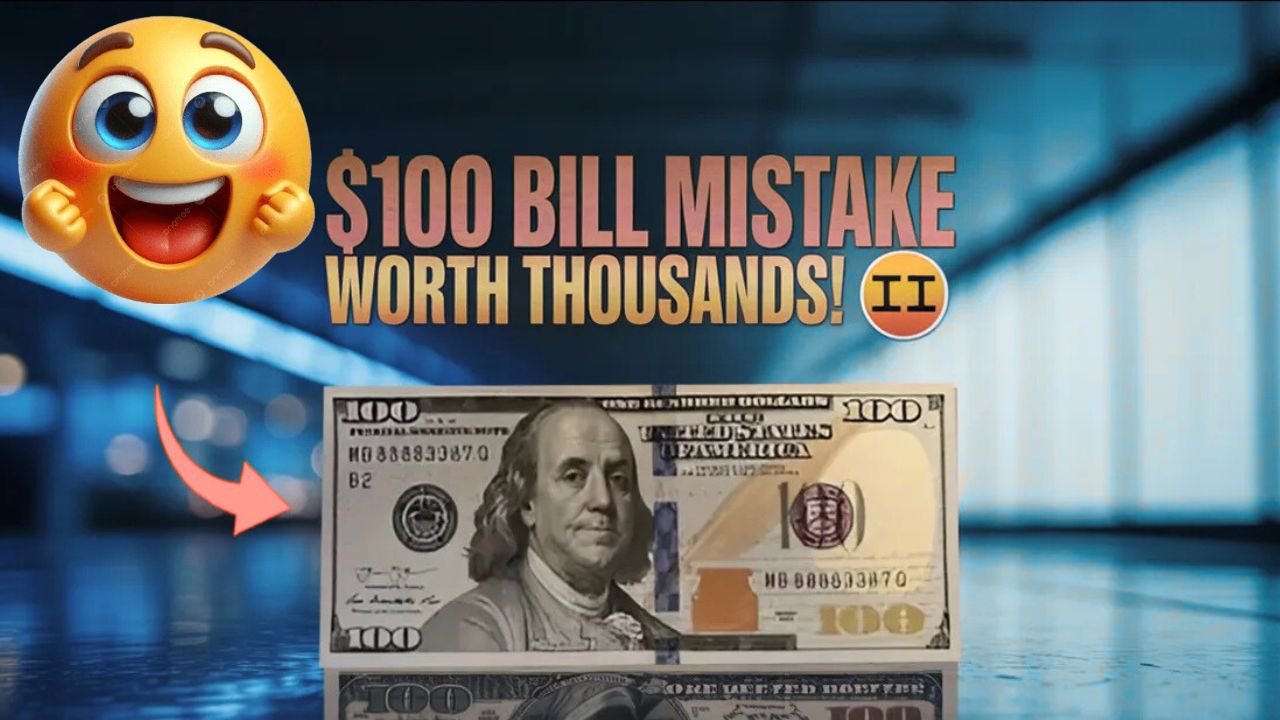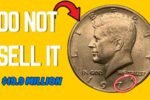2013 $100 Bill With Mismatched Serial Numbers: In the world of rare currency, few stories are as intriguing as the sale of a 2013 $100 bill with mismatched serial numbers. This unusual banknote quietly sold for an astonishing $977,000, leaving collectors and experts puzzled about its true value and origin. What makes this bill so special, and why did it fetch such a high price?
The Unusual Characteristics of the Mismatched $100 Bill
The most striking feature of this 2013 $100 bill is its mismatched serial numbers. Typically, U.S. currency has matching serial numbers on both ends, but in this case, the numbers did not align. This kind of error is extremely rare, making the bill a unique collector’s item.
Errors in currency printing can happen due to misalignment, ink smears, or cutting mistakes. However, a mismatched serial number is among the rarest of errors, as it requires a significant printing flaw. The fact that such a bill entered circulation unnoticed adds to its mystique.
The Secretive Auction and Record-Breaking Sale
The sale of this $100 bill was not widely publicized, adding an air of mystery to the transaction. It was sold in a private auction for $977,000, a staggering amount for a single banknote. The buyer’s identity remains unknown, fueling speculation about whether it was a private collector or an institution.
High-value currency auctions often attract wealthy collectors, but this sale was unusually discreet. Experts suggest that the rarity of the mismatched serial numbers, combined with the bill’s near-perfect condition, justified the high price. Some even believe it could be worth more in future auctions.
Why Do Collectors Value Error Bills So Highly?
Currency errors are highly sought after in the numismatic community because they represent a break from the U.S. Bureau of Engraving and Printing’s strict quality control. Most flawed bills are caught and destroyed before entering circulation, making surviving error notes extremely valuable.
A mismatched serial number is particularly rare because it involves a printing mistake that affects the bill’s most critical identifying feature. Collectors are willing to pay premium prices for such anomalies, viewing them as one-of-a-kind pieces of financial history.
Could There Be More Bills Like This in Circulation?
Given the rarity of such errors, it is unlikely that many similar bills exist. The U.S. Treasury has stringent measures to detect and remove flawed currency before distribution. However, occasional mistakes slip through, meaning there could be other mismatched bills waiting to be discovered.
Currency enthusiasts often scrutinize their cash for printing errors, hoping to find a valuable rarity. While most errors are minor, a mismatched serial number could turn an ordinary $100 bill into a six-figure treasure.
The Future of the Mismatched $100 Bill
The $977,000 sale has set a new benchmark for error currency. If this bill resurfaces in another auction, its value could increase further, especially if more collectors become aware of its existence. The story also highlights the growing interest in rare and misprinted money.
As demand for unique currency grows, so does the potential for record-breaking sales. This mismatched $100 bill may just be the beginning of a new trend in high-stakes currency collecting.
FAQs About the Mismatched $100 Bill
What makes a mismatched serial number so rare?
A mismatched serial number occurs when the two serial numbers on a bill do not match, which is an extreme printing error. Since the U.S. Treasury destroys most flawed bills, such errors rarely enter circulation.
How was this bill discovered?
The details of its discovery are unclear, but it likely passed through multiple hands before a collector or dealer recognized its rarity and submitted it for auction.
Are there other known bills with mismatched serial numbers?
While other error bills exist, a $100 bill with mismatched serial numbers is exceptionally rare. No other confirmed cases have been publicly documented.
Could this bill be counterfeit?
Experts who examined the bill confirmed its authenticity, ruling out counterfeiting as the cause of the mismatched numbers.
Comparison of High-Value Error Currency Sales
| Year | Bill Description | Sale Price |
|---|---|---|
| 2013 | $100 Bill (Mismatched Serial) | $977,000 |
| 2014 | Misprinted $1 Bill (Ink Error) | $150,000 |
| 2019 | $10 Bill (Cutting Mistake) | $225,000 |
| 2021 | Rare $5 Bill (Printing Shift) | $400,000 |
The sale of the 2013 $100 bill with mismatched serial numbers remains one of the most fascinating stories in currency collecting. Its rarity, combined with the secrecy surrounding its auction, has cemented its place in numismatic history. As collectors continue to search for the next great error bill, this record-breaking sale serves as a reminder of the hidden treasures that may still be out there.




